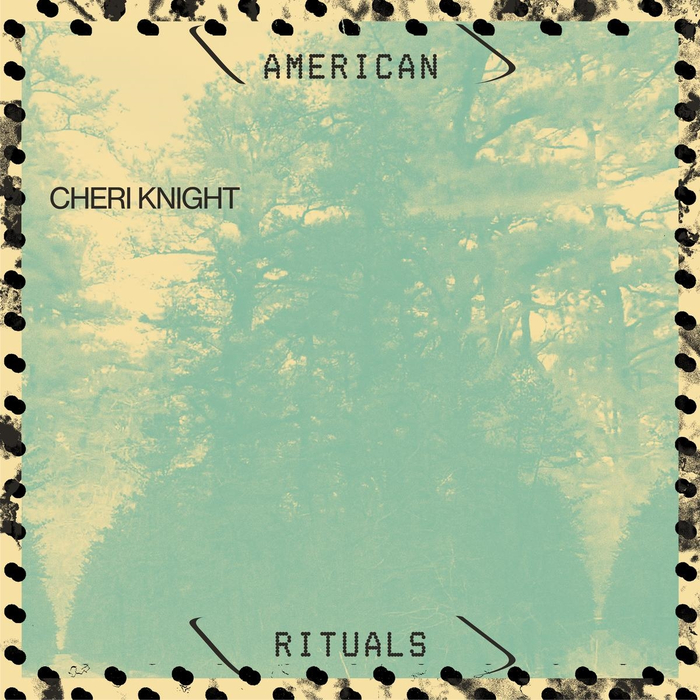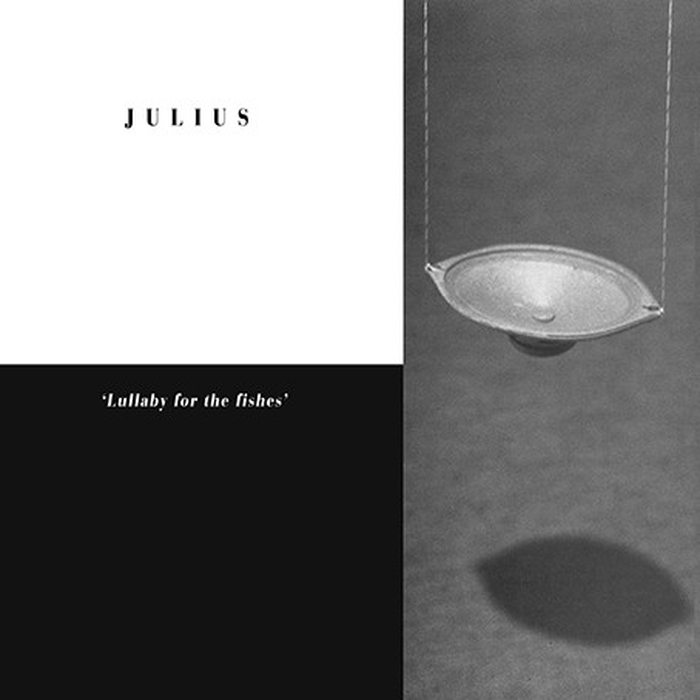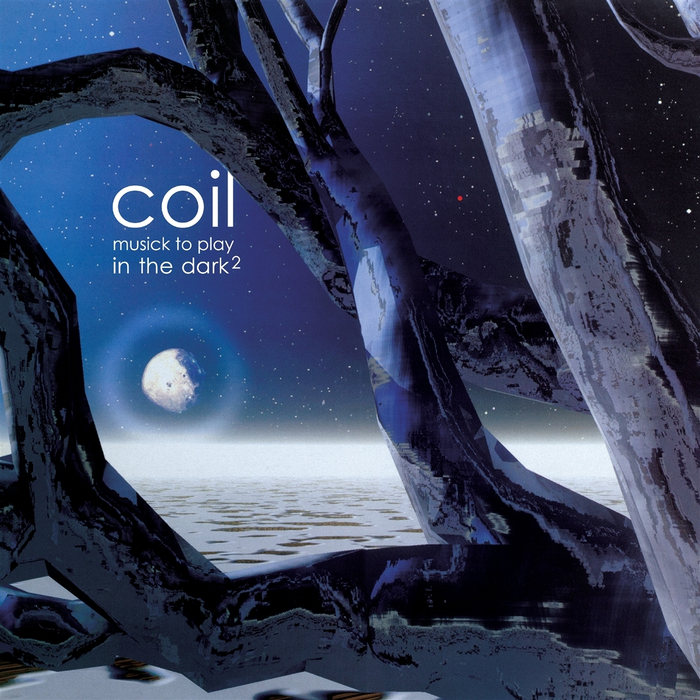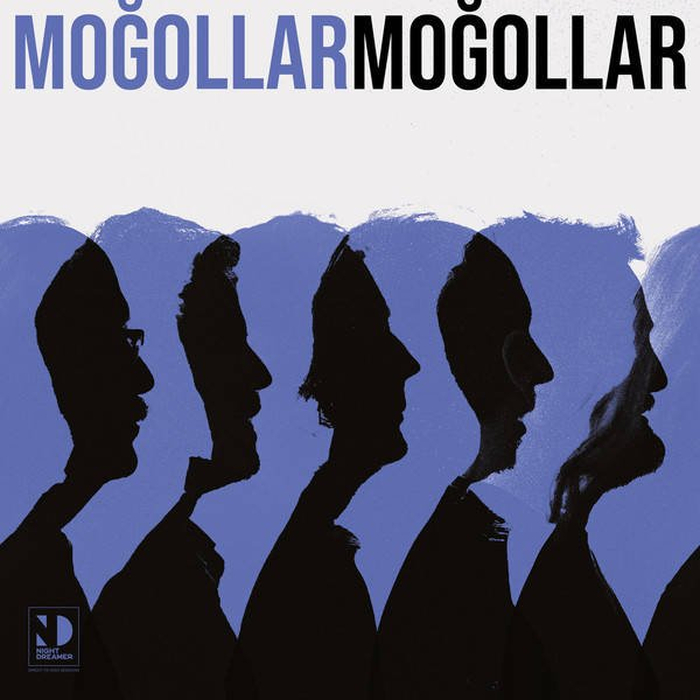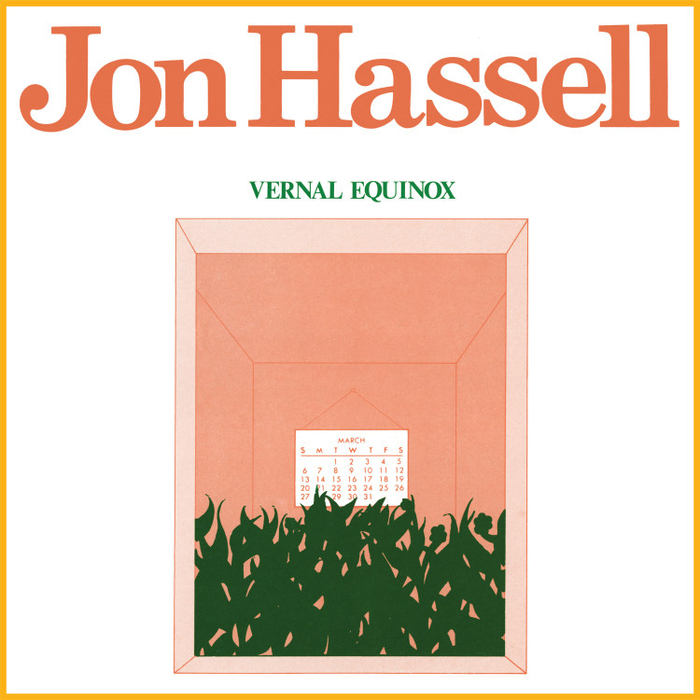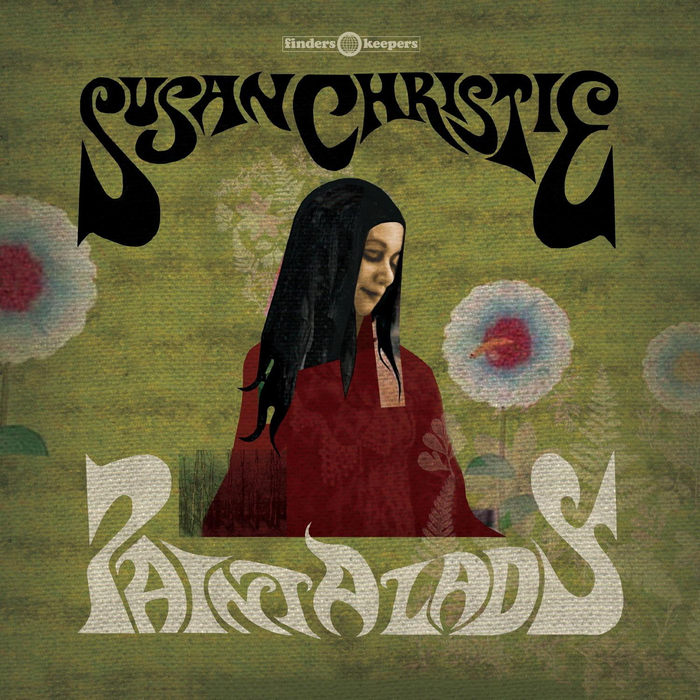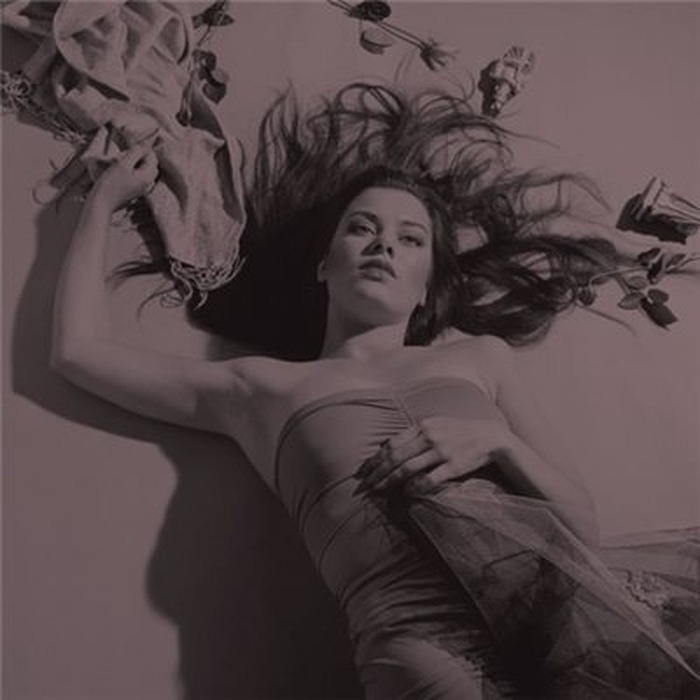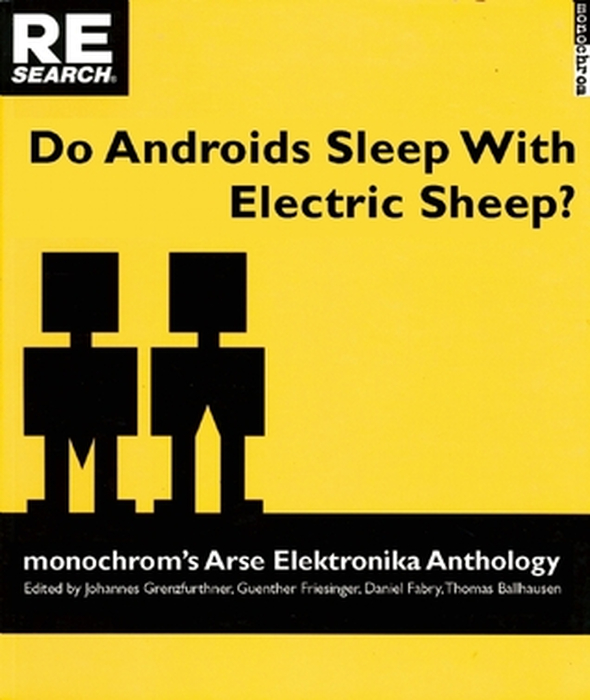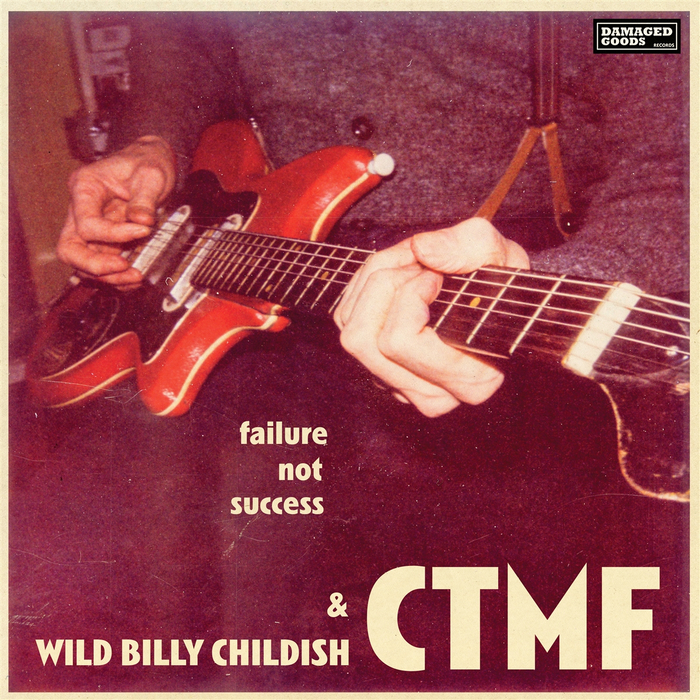As a sequel to Phaidon’s That Divine Order, published in 2005, which surveyed the relationship between music and the visual arts from ancient times until the mid-eighteenth century, The Music of Painting continues this fascinating study in the period covering the emergence and development of Modernism, c.1850–1950.Composers and artists repeatedly borrowed from one another, yet their motives have seldom been explored. Professor Peter Vergo in this volume provides a broad analysis of changes in the character of the analogies drawn at different times, using in his analysis critical and philosophical sources as well as evidence about artistic and musical practice.Music has inspired some of the most progressive art of our time from the abstract painting of Wassily Kandinskv to the mid-century experimental films of Oskar Pischinger. Personalities as different in their background and outlook as František Kupka and Paul Klee both created ‘fugue’ paintings. Similarly, a wide-spread admiration for the music of Johann Sebastian Bach, the acknowledged master of fugue, affected not only painters in Paris on the eve of the First World War such as Georges Braque but also artists at the Bauhaus during the 1920s including the American Lyonel Feininger and the Swiss Johannes Itten. Other Bauhaus artists, Klee and Kandinskv among them, devoted significant time and energy to examining whether it was possible to translate actual fragments of music or specific musical motifs into the language of visual art.The path that led from music to painting was, however, by no means a one-way street. Many musicians were influenced in their turn not just by ideas about art – for example, Claude Debussy’s interest in the notion of visual arabesque – but by specific works of painting and sculpture, which in some cases they sought to ‘represent’ by purely musical means. Strongly influenced by Impressionist painters such as Whistler, Turner or Monet, Debussy, regarded as the founder of musical Impressionism, used in his music unusual voice leading and timbral colours to evoke pictorial images and moods, especially of languor and hedonism. Franz Liszt attempted in the 1850s to depict musically Raphael’s Betrothal of the Virgin (1504) and one of Michelangelo’s effigies form the Medici Chapel (1519–33). Similarly, in 1874, Modeste Musorgsky devised subtle ways of translating his friend Viktor Hartman’s drawings and watercolours into musical language in his famous piano pieces, Pictures at an Exhibition – pieces that, intriguingly, were translated back into the medium of visual art by Kandinskv in his designs for a new-abstract staging of them in Dessau in 1928.Kandinskv greatly admired the music of the Viennese composer Arnold Schoenberg, with whom he initiated a longstanding friendship and correspondence. The artist’s complex relationship to Schoenberg's music is central to his concept of Composition, since Schoenberg's most important contribution to the development of music, after all, occurred in the area of composition. Schoenberg's innovations, such as discarding chromaticism and abandoning tonal and harmonic conventions, unleashed a new future for musical explorations and formed an important turning point for compositional practice. The magnitude of this revolutionary change can be compared to the fundamental transformation in Kandinskv's painting from a figurative idiom to free, expressive, abstract work. The kinship between Kandinskv and Schoenberg (who was also influenced by the philosophy of Schopenhauer) is a special example of the intellectual affinity of artists in search of new vehicles for expressing their inner emotions. These diverse artistic and philosophical influences were all important for the conception of Kandinskv's first seven Compositions before World War I. As Schoenberg had done, Kandinskv searched for a free chromatic field, probably best exemplified in his Composition VII (1913), where richly structured, polyphonic motifs create spatial and compositional ambiguities, visual beauty, emotional impact, and intellectual stimulation. Thus Kandinskv’s paintings are arranged in a manner that parallels Schoenberg's own innovations, and aims to create a bridge between music and the visual arts. On music, Kandinskv had this to say: ‘Colour is the keyboard, the eyes are the harmonies, the soul is the piano with many strings. The artist is the hand that plays, touching one key then another to cause vibration in the soul.’Paul Klee’s artistic work abounds with references to music. Music was one of the decisive criteria of content and design in his oeuvre, his artistic ideas, and his educational and theoretical writings. He introduced to fine arts such terms as polyphony and rhythm, terms essentially musical in origin. Klee’s involvement with music culminated in his interpretation of polyphonic (i.e. many-voiced) composition methods in his paintings. By overlaying different areas of colours and allowing them to intermingle he created polyphonic picture structures of a higher order which certainly allowed free interpretation as (picture) scores. Such works include Fugue in Red, 1921 and Alter Klang, 1925As early abstract paintings tended to approach music metonymically, the colours, paintings, films, sculptures and installations of the twentieth century engage a range of perceptual faculties to create a plethora of sensations in the viewer. The most complete examination of this phenomenon to date, The Music of Painting features major works of art plus related documentation, focusing on abstract and mixed-media art forms and their connections to musical forms as varied as classical and jazz.
